Shiyu Chen
DR. WELL: Dynamic Reasoning and Learning with Symbolic World Model for Embodied LLM-Based Multi-Agent Collaboration
Nov 06, 2025Abstract:Cooperative multi-agent planning requires agents to make joint decisions with partial information and limited communication. Coordination at the trajectory level often fails, as small deviations in timing or movement cascade into conflicts. Symbolic planning mitigates this challenge by raising the level of abstraction and providing a minimal vocabulary of actions that enable synchronization and collective progress. We present DR. WELL, a decentralized neurosymbolic framework for cooperative multi-agent planning. Cooperation unfolds through a two-phase negotiation protocol: agents first propose candidate roles with reasoning and then commit to a joint allocation under consensus and environment constraints. After commitment, each agent independently generates and executes a symbolic plan for its role without revealing detailed trajectories. Plans are grounded in execution outcomes via a shared world model that encodes the current state and is updated as agents act. By reasoning over symbolic plans rather than raw trajectories, DR. WELL avoids brittle step-level alignment and enables higher-level operations that are reusable, synchronizable, and interpretable. Experiments on cooperative block-push tasks show that agents adapt across episodes, with the dynamic world model capturing reusable patterns and improving task completion rates and efficiency. Experiments on cooperative block-push tasks show that our dynamic world model improves task completion and efficiency through negotiation and self-refinement, trading a time overhead for evolving, more efficient collaboration strategies.
Graph Neural Networks Powered by Encoder Embedding for Improved Node Learning
Jul 15, 2025Abstract:Graph neural networks (GNNs) have emerged as a powerful framework for a wide range of node-level graph learning tasks. However, their performance is often constrained by reliance on random or minimally informed initial feature representations, which can lead to slow convergence and suboptimal solutions. In this paper, we leverage a statistically grounded method, one-hot graph encoder embedding (GEE), to generate high-quality initial node features that enhance the end-to-end training of GNNs. We refer to this integrated framework as the GEE-powered GNN (GG), and demonstrate its effectiveness through extensive simulations and real-world experiments across both unsupervised and supervised settings. In node clustering, GG consistently achieves state-of-the-art performance, ranking first across all evaluated real-world datasets, while exhibiting faster convergence compared to the standard GNN. For node classification, we further propose an enhanced variant, GG-C, which concatenates the outputs of GG and GEE and outperforms competing baselines. These results confirm the importance of principled, structure-aware feature initialization in realizing the full potential of GNNs.
CPnP: Consistent Pose Estimator for Perspective-n-Point Problem with Bias Elimination
Sep 13, 2022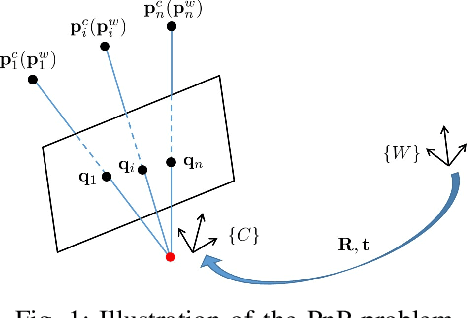
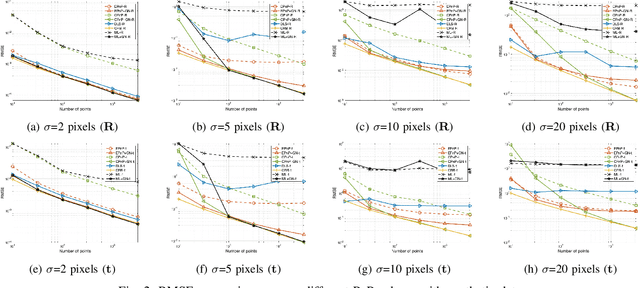

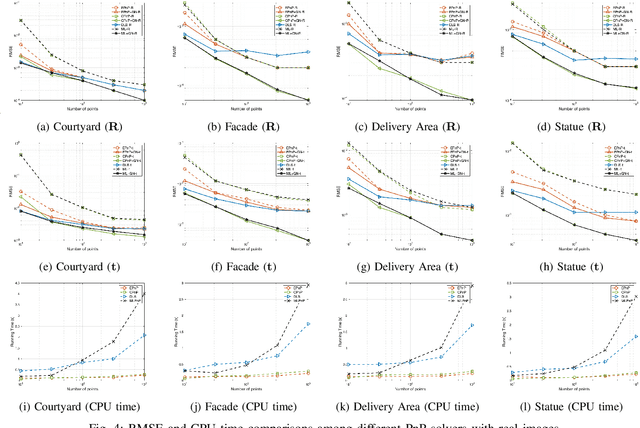
Abstract:The Perspective-n-Point (PnP) problem has been widely studied in both computer vision and photogrammetry societies. With the development of feature extraction techniques, a large number of feature points might be available in a single shot. It is promising to devise a consistent estimator, i.e., the estimate can converge to the true camera pose as the number of points increases. To this end, we propose a consistent PnP solver, named \emph{CPnP}, with bias elimination. Specifically, linear equations are constructed from the original projection model via measurement model modification and variable elimination, based on which a closed-form least-squares solution is obtained. We then analyze and subtract the asymptotic bias of this solution, resulting in a consistent estimate. Additionally, Gauss-Newton (GN) iterations are executed to refine the consistent solution. Our proposed estimator is efficient in terms of computations -- it has $O(n)$ computational complexity. Experimental tests on both synthetic data and real images show that our proposed estimator is superior to some well-known ones for images with dense visual features, in terms of estimation precision and computing time.
Learning with Privileged Information for Multi-Label Classification
Mar 29, 2017


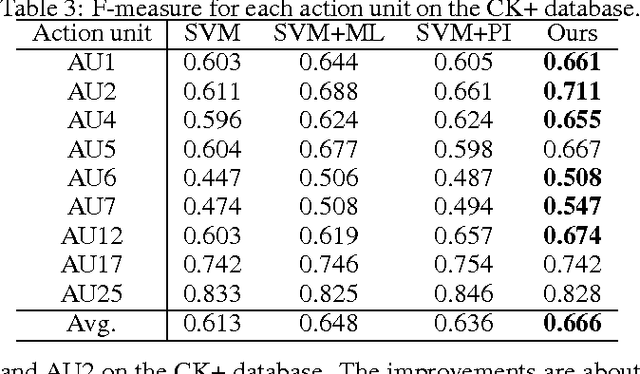
Abstract:In this paper, we propose a novel approach for learning multi-label classifiers with the help of privileged information. Specifically, we use similarity constraints to capture the relationship between available information and privileged information, and use ranking constraints to capture the dependencies among multiple labels. By integrating similarity constraints and ranking constraints into the learning process of classifiers, the privileged information and the dependencies among multiple labels are exploited to construct better classifiers during training. A maximum margin classifier is adopted, and an efficient learning algorithm of the proposed method is also developed. We evaluate the proposed method on two applications: multiple object recognition from images with the help of implicit information about object importance conveyed by the list of manually annotated image tags; and multiple facial action unit detection from low-resolution images augmented by high-resolution images. Experimental results demonstrate that the proposed method can effectively take full advantage of privileged information and dependencies among multiple labels for better object recognition and better facial action unit detection.
A Visibility Graph Averaging Aggregation Operator
Nov 17, 2013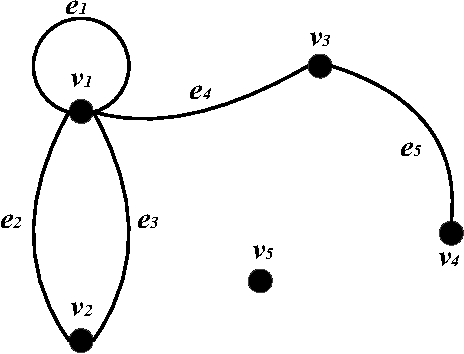
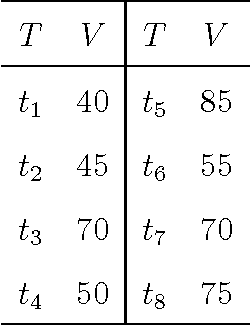
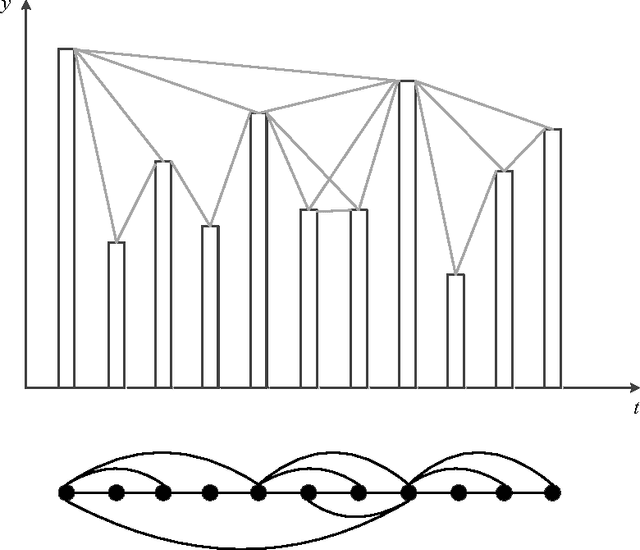
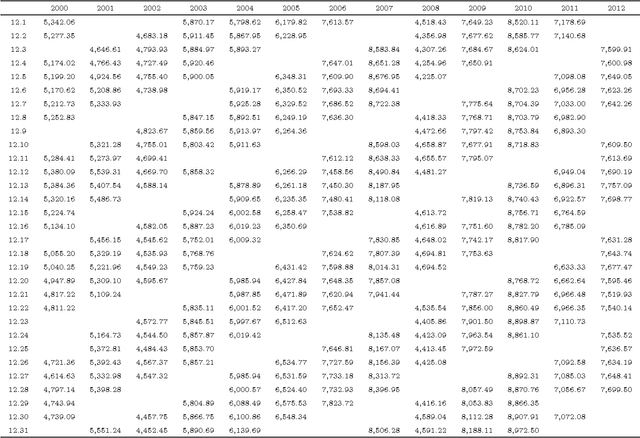
Abstract:The problem of aggregation is considerable importance in many disciplines. In this paper, a new type of operator called visibility graph averaging (VGA) aggregation operator is proposed. This proposed operator is based on the visibility graph which can convert a time series into a graph. The weights are obtained according to the importance of the data in the visibility graph. Finally, the VGA operator is used in the analysis of the TAIEX database to illustrate that it is practical and compared with the classic aggregation operators, it shows its advantage that it not only implements the aggregation of the data purely, but also conserves the time information, and meanwhile, the determination of the weights is more reasonable.
Ranking basic belief assignments in decision making under uncertain environment
Oct 28, 2013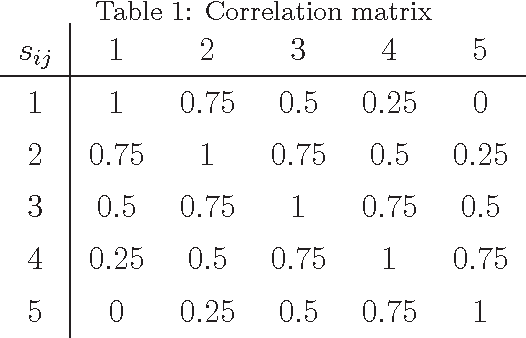
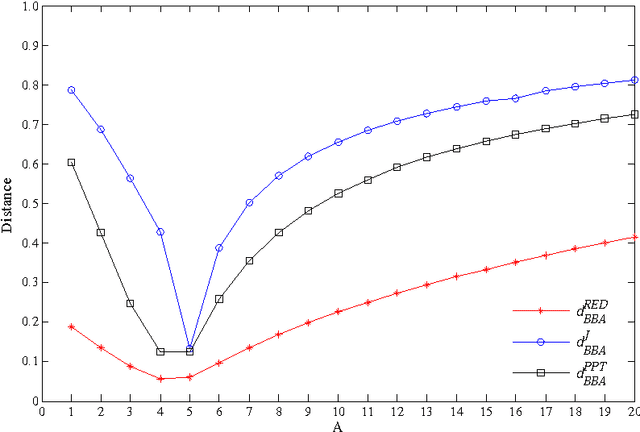

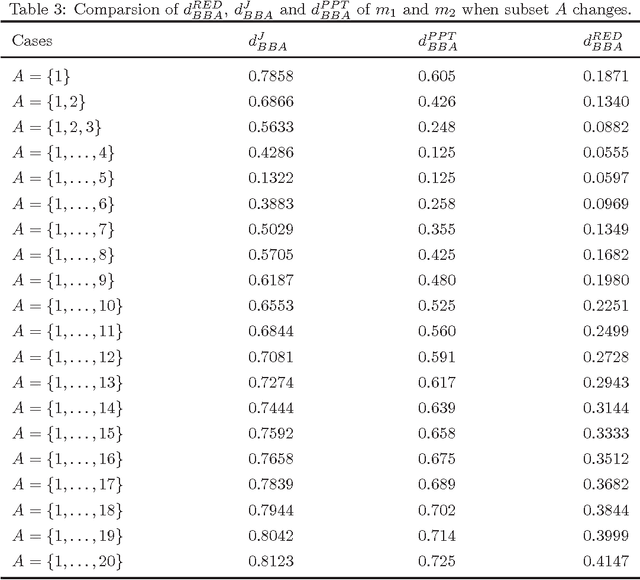
Abstract:Dempster-Shafer theory (D-S theory) is widely used in decision making under the uncertain environment. Ranking basic belief assignments (BBAs) now is an open issue. Existing evidence distance measures cannot rank the BBAs in the situations when the propositions have their own ranking order or their inherent measure of closeness. To address this issue, a new ranking evidence distance (RED) measure is proposed. Compared with the existing evidence distance measures including the Jousselme's distance and the distance between betting commitments, the proposed RED measure is much more general due to the fact that the order of the propositions in the systems is taken into consideration. If there is no order or no inherent measure of closeness in the propositions, our proposed RED measure is reduced to the existing evidence distance. Numerical examples show that the proposed RED measure is an efficient alternative to rank BBAs in decision making under uncertain environment.
 Add to Chrome
Add to Chrome Add to Firefox
Add to Firefox Add to Edge
Add to Edge